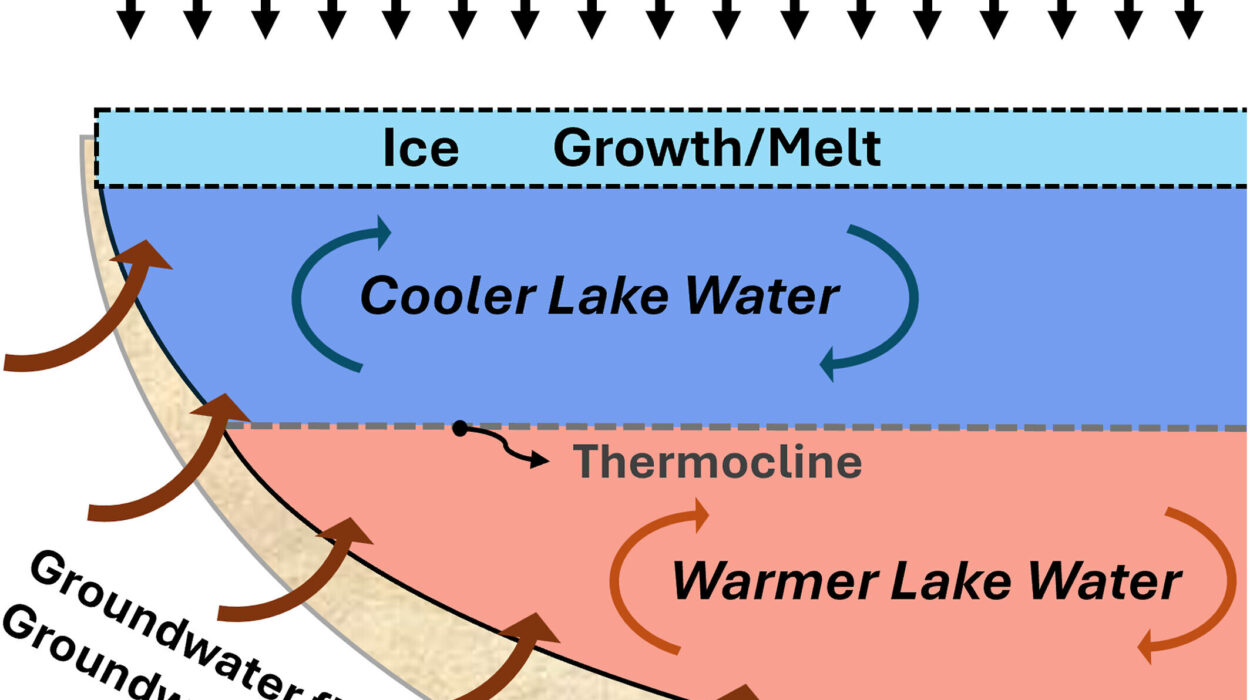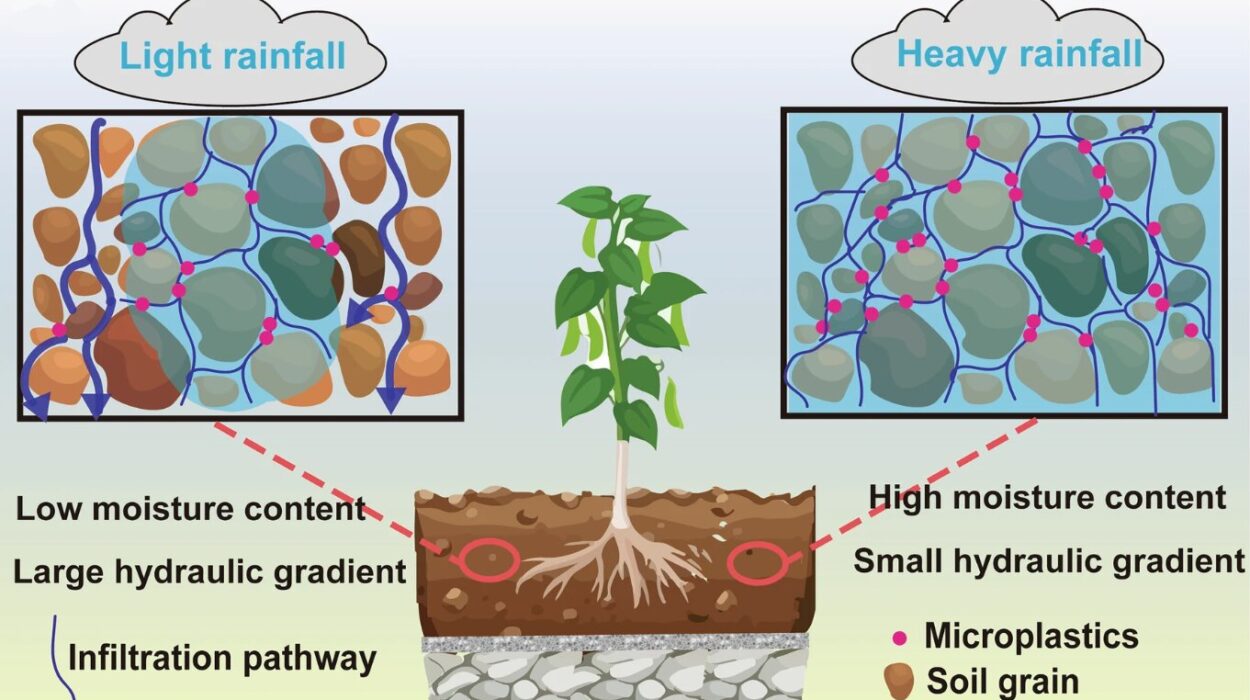A narrow strip of land lies between Africa and Asia, marked by the Gulf of Suez—a body of water that separates Egypt from the Sinai Peninsula. For decades, scientists believed this gulf was simply a relic of a failed tectonic rift—a place where the Earth’s crust tried, and ultimately failed, to split apart. The notion was clear: millions of years ago, tectonic forces pushed Africa and Arabia in opposite directions, but the rifting stopped, leaving behind only a gulf, rather than the ocean that was once expected.
But a recent study has upended that story. The Gulf of Suez, it turns out, is still slowly being pulled apart. Tectonic activity, although much more subdued than before, continues beneath the surface. At a rate of just 0.26 to 0.55 millimeters per year, the separation between these two landmasses is ongoing—pushing the plates further apart, albeit at a glacial pace.
Digging into the Rift
The breakthrough came when a team of researchers decided to take a fresh look at the Suez Rift, focusing on an area of about 300 kilometers. For years, geologists had assumed that after an initial burst of tectonic activity, the rift had gone quiet. Yet the researchers weren’t convinced that erosion alone could explain all the surface features they observed in the region.
So, the team embarked on an ambitious study, analyzing the landscape in painstaking detail. They turned to digital elevation models, which offered a detailed topographic map of the land’s surface. With these models, the researchers could track the shape of the rift, the paths of rivers, and the remnants of ancient coral reefs. These seemingly mundane features might hold the key to understanding whether tectonic forces were still active.
As the team sifted through the data, something unexpected caught their attention. They discovered clear steps in the surface of the young rock layers—steps that indicated active movement along the rift’s faults. These weren’t just the usual shifts caused by erosion; the landscape itself was still being shaped by tectonic forces. The fault lines were not dormant as many had believed, but were still lifting parts of the Earth’s crust.
Coral Reefs Tell a Tale of Uplift
The clues didn’t stop there. The researchers also looked at ancient coral reef terraces, which had formed at sea level during warmer periods between ice ages. These ancient reefs are now found as much as 18.5 meters above the present level of the Gulf of Suez. How did they get so high?
According to the team, the answer lies in tectonic uplift. The land beneath the reefs has been rising, slowly but steadily, over millions of years. This rising land is not the result of some short-lived geological event, but rather the outcome of ongoing tectonic movement that continues to shape the region. The ancient coral reefs, which once grew in shallow waters, now serve as markers—proof that the Suez Rift is not as inactive as scientists once believed.
A Rethink on Failed Rifts
The Gulf of Suez Rift was long considered a “failed” rift. When tectonic plates start to drift apart, they usually create a rift valley. If the rifting continues, an ocean can eventually form. However, the Gulf of Suez never fully reached this stage, and the plates’ movements shifted toward the Dead Sea instead. For this reason, many assumed that the rifting had stopped.
But this study is a game-changer. It suggests that the Suez Rift never truly stopped rifting—it simply slowed down. The seismic activity has diminished significantly, but it has never ceased entirely. This means that what was once considered a “failed” rift is, in fact, still a work in progress—just at a much slower pace than it was millions of years ago.
As the researchers put it, “The rifting didn’t stop—it merely slowed down and has continued to this day, albeit at a very small rate on a geological scale.”
The Slow Dance of Tectonics
The movement occurring beneath the Gulf of Suez is so slow that it’s almost imperceptible. Rates of uplift in the region are measured in millimeters per year—just 0.13 to 0.55 millimeters per year. To put this into perspective, that’s about as fast as your fingernails grow. This might seem insignificant when viewed from a human timescale, but over millions of years, these tiny movements add up to substantial shifts in the landscape.
Even though the rift is moving so slowly, this tectonic activity still has important consequences. The ongoing movement of the Earth’s crust has the potential to cause seismic hazards, even in regions that are not typically known for their earthquakes. As the rift continues to shift, it could trigger small tremors or even larger seismic events. This subtle but persistent tectonic motion is something that scientists must consider when forecasting potential hazards in the region.
Why This Matters
This new research isn’t just a matter of academic interest—it has real-world implications. By showing that tectonic activity can persist long after a rift has “failed,” the study opens up a new understanding of how rifts evolve over time. For scientists, this provides valuable insight into the processes that shape Earth’s surface. It challenges old assumptions and calls for a re-evaluation of other rift regions around the world. Just because a rift appears inactive doesn’t mean it’s truly dormant.
But the significance of this research goes beyond geology. The findings could also influence our understanding of seismic risk. Earthquakes, while often unpredictable, are not random; they are the result of the forces exerted by tectonic activity. By studying regions like the Gulf of Suez, scientists may be able to improve their models of rift evolution and enhance earthquake forecasting systems.
The Gulf of Suez may seem like a quiet, almost forgotten corner of the world, but beneath its surface, tectonic forces are still at work, slowly reshaping the landscape. For now, it’s a reminder that the Earth is never truly still—it’s always in motion, even when we can’t see it.
More information: David Fernández‐Blanco et al, Is the Suez Rift in Its Post‐Rift Phase?, Geophysical Research Letters (2025). DOI: 10.1029/2025gl117313






